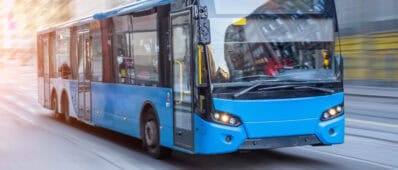Abstract
If we expand roadway capacity, more drivers will come, or so economic theory suggests and a substantial body of empirical research now shows. Despite strong evidence, the “induced travel” effect is often ignored, underestimated, or misestimated in the planning process, particularly in the assessment of the environmental impacts of roadway capacity expansions. Underestimating induced travel will generally lead to an overestimation of the traffic congestion relief benefits a highway expansion project might generate, along with an underestimation of its environmental impacts. A major reason that induced travel tends to be underplayed in environmental analyses is that travel demand models do not typically include all of the feedback loops necessary to accurately predict the induced travel effect. We developed an online tool, based on elasticities reported in the literature, to facilitate the estimation of the induced vehicle travel impacts of roadway capacity expansion projects in California, with potential future expansion to other geographies. We describe the tool, apply it to five case study highway capacity expansion projects, and then compare the results with the induced travel estimates reported in the environmental impact analyses for those projects. Our results suggest that environmental analyses frequently fail to fully capture the induced vehicle travel effects of highway capacity expansion projects.



